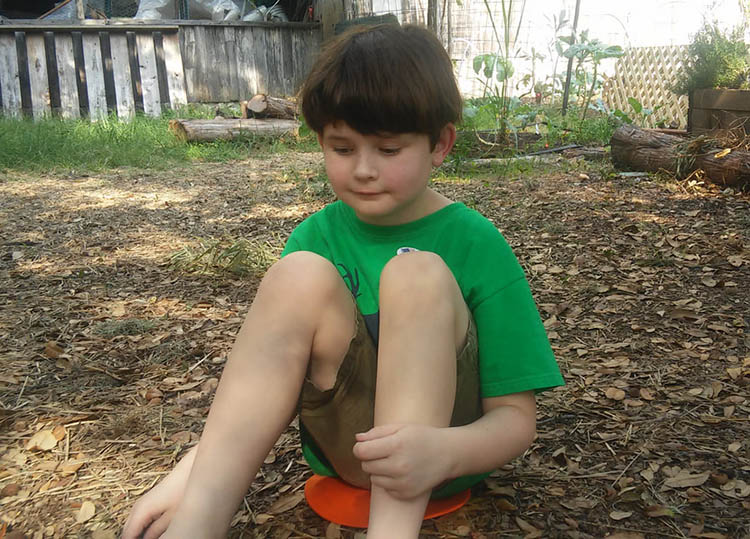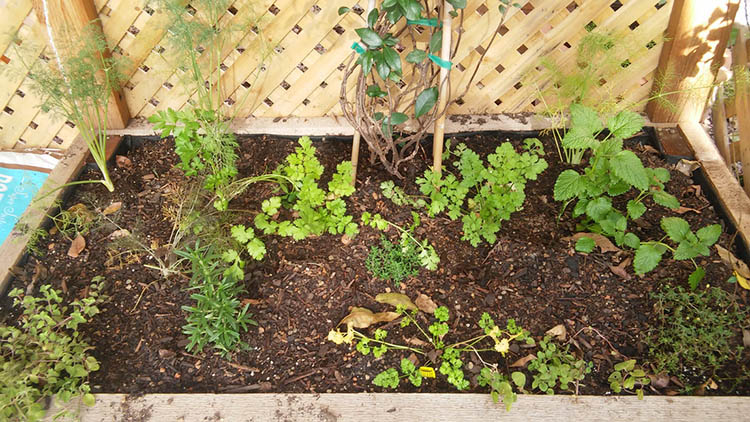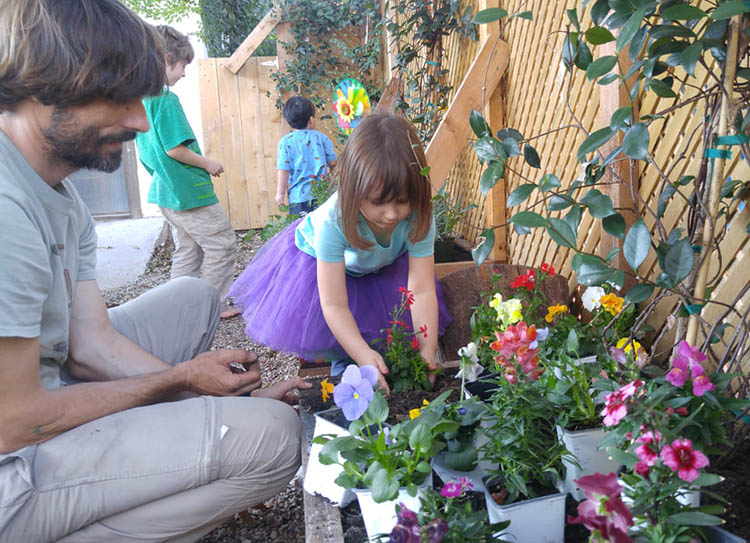Learning with our senses
/I recently happened upon a beautiful photo essay by Morna Harnden on some of the ways experiential learning takes place at Austin Children’s Garden. She has kindly granted Alt Ed Austin permission to publish excerpts here. Morna is a co-founder and co-teacher there, along with her husband, Ben Harnden, where they offer a variety of preschool programs as well as elementary-level homeschool science classes in South Austin.
Children use their senses to explore and try to make sense of the world around them. They do this by touching, tasting, smelling, seeing, hearing, and moving.
We love to provide opportunities for children to actively use their senses as they explore their world. “Sensory play” is crucial to brain development—it helps build nerve connections in the brain’s pathways. This leads to a child’s ability to complete more complex learning tasks and supports cognitive growth, language development, gross motor skills, social interaction, and problem-solving skills.
Sit Spots
To start off our unit on the senses, we searched out our first Sit Spots. (We first learned about Sit Spots from Earth Native Wilderness School. If you haven’t had a chance yet to check out Earth Native, you must! They have amazing camps, preschool programs, workshops, and more!) In our Sit Spots we focused on our senses and discussed all the different sensations we experienced.
We listened to all the sounds around us and heard:
"crickets"
"squirrels"
"church bells"
"my breath"
With our eyes closed, we touched our surroundings and felt:
"leaves"
"something tickly"
"sticky grass"
With our eyes closed, we smelled our surroundings and smelled:
"popcorn"
"leaves"
"air"
With our eyes open, we focused on what we could see:
"my friends"
"clouds"
"magic tree"
We focused on what we could taste in the air and had some surprising responses:
"ice cream"
"popcorn"
"just air"
Our Sensory Garden
We planted a garden for each of the five basic senses!
The kids dug their own holes with a spoon and learned how to gently loosen the roots of the baby plants before planting.
In our Scent Garden, as it is pretty shady, we planted many varieties of mint:
Chocolate mint
Orange mint
Pineapple mint
Grapefruit mint
Spearmint
Peppermint
In our Taste Garden, we planted many different seasonal herbs:
Dill
Fennel (fun taste test to do with the dill, as they look so similar)
Parsley
Cilantro
Rosemary
Thyme
Oregano
Sage
Lemon Balm
Chervil
In our Listening Garden, we planted grasses and plants with crispy leaves that make interesting sounds. Adding wind chimes and windmills enhances the listening quality of the garden.
In our Touch Garden, we planted a variety of plants with soft leaves and interesting textures, including rubbery succulents.
In our Sight Garden, we planted edible flowers with all the colors of the rainbow!
For an extended version of this article—including recipes for salt-preserved herbs and spice-scented play dough, instructions for “Easy Peasy Tie-Dyed Socks,” a scientific explanation of why mud pies make you happy, and much more—visit Morna’s original post on the Austin Children’s Garden blog. And don’t miss ACG’s upcoming events on Saturday, December 9: an Open House, including a free children’s yoga class, from 2pm to 6pm (RSVP to austinchildrensgarden@gmail.com); and a Kids’ Night Out from 3pm to 7pm, where children aged 3 to 10 will create their own candles with crayons and beeswax (tickets and more info available through Eventbrite).
Morna Harnden

























